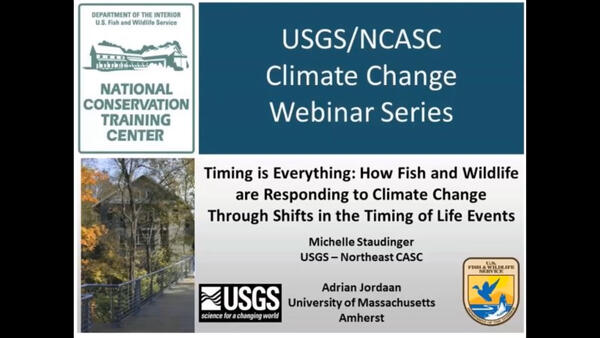Climate Science Champions, Season 2: Ann Gibbs, Geologist
Climate Science Champions, Season 2: Ann Gibbs, GeologistGeologist Ann Gibbs studies the vulnerability of the rapidly-warming Alaska coast to climate change effects like sea level rise and permafrost thawing.





































